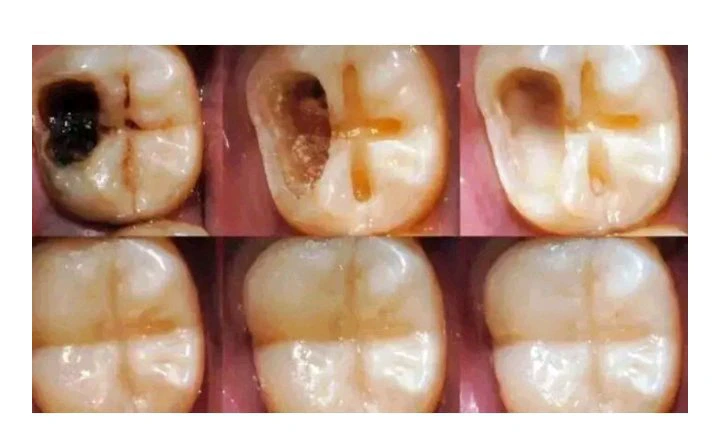Long, agonizing periods of sleeplessness and discomfort have traditionally been associated with tooth pain. This is “the different all but unforgiving of tortures,” “probably the most keen of Pains,” “a stinging revenge,” “an inferno of torture,” and “a dreadful toothache comes to show me I’m mortal.”
People who were tortured in the past employed charms and spells to gain superpowers, while specialists and doctors used mortars, intestinal remedies, botanicals, and drinking to alleviate toothaches. In the past, people viewed extraction as a desperate measure that had to be taken, no matter how difficult the inevitable outcome would be. Odd mixtures were used to cause the gums to expand and the miraculous tooth to be moved.
Metal teeth extractors of the past were blunt forceps that couldn’t smoothly adjust in or out of size. This device packs a wallop and has the potential to shatter, leaving behind only tooth pulp, tissue, or bone.
Bad dental habits or lack of maintenance are attributed to 10% of all fatalities. Without meaning to, they considered tooth extraction if a toothache persisted.
In the past, two ecu devices were considered to be the most effective means of tooth extraction. Both the pelican and the toothkey were hailed as indispensable devices. Two metal pieces, a “get” on the tooth’s crown and a “helper” (create) on the gum, were used to restore the tooth. Both parties had to put in a lot of effort and made significant advancements for their connection to survive the ordeal of removing the snags.
Since it lacks a hen’s nose, as its namesake pelican device is often used to explain, the pelican device has been largely obsolete for the past half millennium. The course of action with, assistance, shaft, and paw all went through modifications between the 14th and 19th centuries to make them more flexible and ergonomic.
At some time in the operating room, the got paw was positioned atop the head. By continuing to crank the handle in the same direction, the gap between the paw’s catch on the lingual (tongue) side and the hardening at the buccal (cheek) gum was closed. One teeth was jutted out as if in displeasure with the deal.
The pelican was utilized to complete the task by shaking it, just like Fauchard. When it came to the dedication to consumers, the pelican saw a lot of wickedness, but it might have used a gentler, more direct approach with the toothkey, which is why it took so long.
In 1740, the first toothkey (or “key”) was created, consisting of a long metal shaft with a huge ring-like stay aware toward one side and a turning “get” on the other. Once the paw reached the tooth crown, it was no longer a door key, but the extraction procedure was still quite similar to turning a key in a lock.
 Moni Malawi
Moni Malawi 
